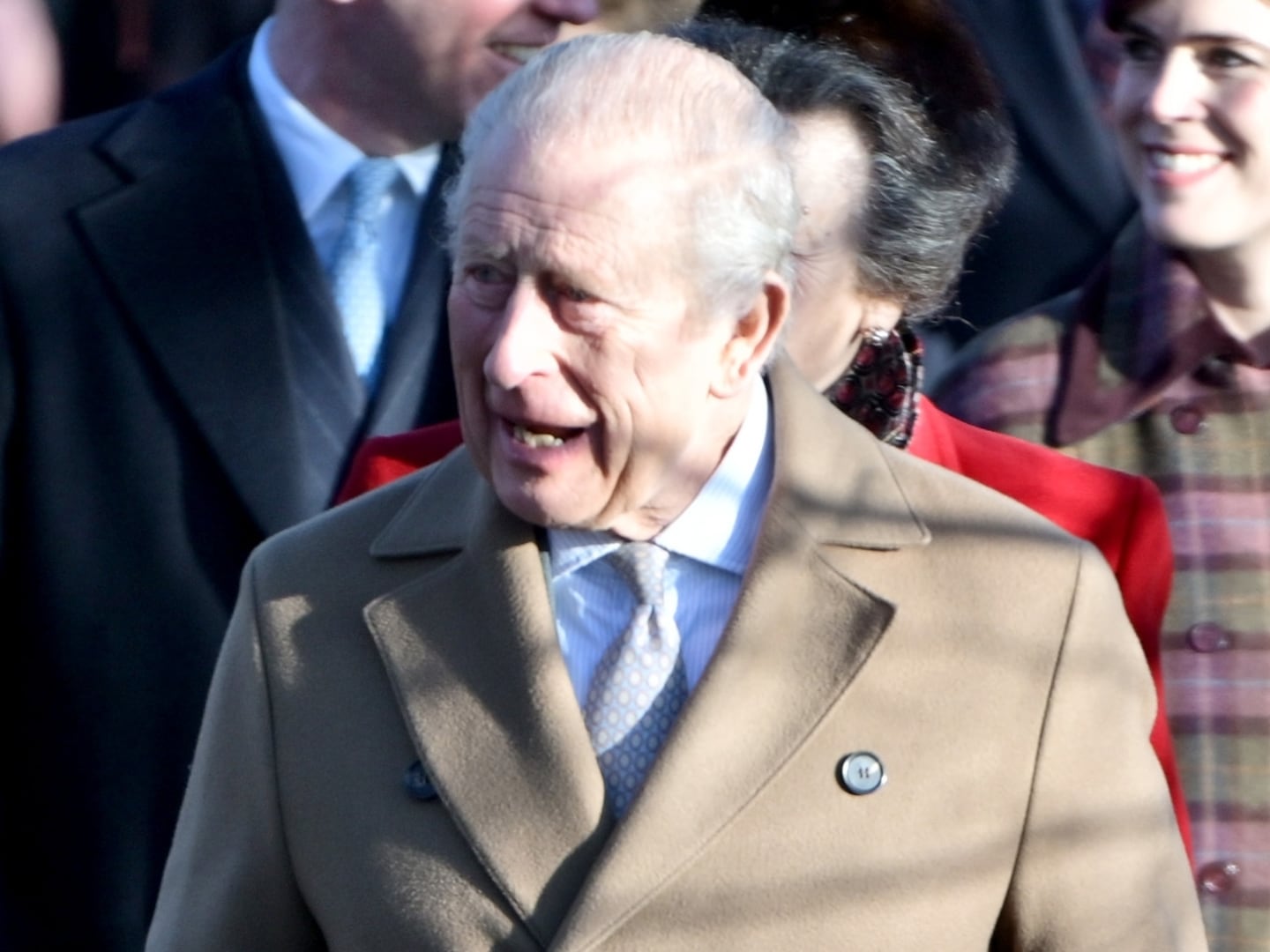Early this past March, a team of U.S. Marine Raiders—the Corps’ Special Operations forces—found itself locked in a firefight with well-entrenched jihadist insurgents in the mountains near the town of Makhmur in northern Iraq. The Marines were attached to an Iraqi counterterrorism task force at the time. Their mission was to clear the insurgents out of a tunnel complex at the base of the mountains. Before the last shots were fired that day, more than two dozen jihadists had been killed, and their redoubt was captured. Two Marines, Captain Moises A. Navas and Gunnery Sergeant Diego D. Pago, lost their lives in savage, close-in fighting. They are among the last few American service members to be killed in Iraq, a country the United States hoped to transform into a pro-Western bulwark against terrorism and instability in the Middle East, but failed to do so.
The Marines were killed in action against soldiers of the most feared and successful jihadist organization in history—the Islamic State, also known as the Islamic State in Iraq and Syria (ISIS), the Islamic State of Iraq and the Levant (ISIL), and Daesh. ISIS has distinguished itself in a crowded field through acts of ghastly, unspeakable violence against all “infidels and apostates,” and its establishment in northern Iraq and Syria of a short-lived, rigidly intolerant proto-state, “purified” of all concessions to modernity and religious toleration. The caliphate was methodically destroyed by a U.S.-led multinational coalition between 2014 and 2019.
Now, just a bit more than a year after the fall of ISIS’s last redoubt in Syria, there is a strong consensus among Middle East experts and military analysts that ISIS is on the rebound, taking full advantage of the weakness of the Iraqi government and the swirling chaos that prevails throughout the region. Meanwhile, ISIS’s affiliates in North Africa, sub-Saharan Africa, and the Arabian Peninsula are gaining in numbers and capability.
According to a recent report submitted to the U.N. Security Council by a panel of international experts, ISIS has been “mounting increasingly bold insurgent attacks in [Iraq and Syria], calling and planning for the breakout of ISIS fighters in detention facilities, and exploiting weaknesses in the security environment of both countries.”
Despite the October 2019 death of ISIS’s supreme leader Abu Bakr al-Baghdadi at the hands of a Delta Force squadron, the group remains well-funded and organized. At least 20,000 of the estimated 30,000 foreign fighters who participated in its earlier conquest remain alive and committed to the cause.
A week after the Marine Raiders’ battle in the cave complex in March, ISIS released another in a long line of propaganda videos, depicting graphic scenes of recent beheadings of Iraqi soldiers and a savage ISIS attack on ordinary Iraqis in Kirkuk Province, whose only offense seems to have been they were enjoying playing a pickup soccer game. The narrator in the film intones, “America thinks that victory is killing one or more leaders… or losing control of a city or land. No, defeat is the loss of the will to fight. Your armies do not scare us.”
According to Hassan Hassan, an ISIS expert at the Center for Global Policy in Washington, D.C., Islamic State fighters in early April “conducted several attacks in Kirkuk, Diyala, and Saladin [provinces in Iraq]. Such attacks included the attempted storming of the counterterrorism and intelligence directorate in Kirkuk, and several coordinated attacks in Saladin. The attacks were among the most sophisticated in years.”
Experts agree that President Donald Trump’s decision to pull most of America’s military forces out of Syria last October has been an important factor in opening the door for ISIS’s resurgence. The decision effectively greenlighted a Turkish attack on the Kurds of the Syrian Democratic Forces, key U.S. allies in the fight against ISIS. These troops had been guarding about 10,000 captured ISIS fighters in various detention centers and prisons. The Turkish incursion forced a significant percentage of the Kurdish guards to withdraw from the detention centers and redeploy elsewhere. Hundreds of ISIS fighters, including a number of senior members of the organization, have escaped, and others may well do so in the coming months, with the help of their brothers on the outside. One of Baghdadi’s last public acts was to call on his brothers and sisters to rise up and free those who remained detained.
At the Hasaka prison in northeastern Syria, which holds between 4,000 and 5,000 captives, ISIS militants began breaking down doors and digging holes in walls between cells in late March. A riot broke out, and a number of ISIS fighters escaped before order was restored. Five weeks later, in early May, ISIS fighters briefly took control of the same prison.
Jailbreaks, of course, played a crucial role in Baghdadi’s successful strategy for establishing the caliphate in the first place. After American combat forces left Iraq in late 2011, ISIS fighters freed many hundreds of detained al Qaeda in Iraq (ISIS’s precursor) combatants from prisons in Tikrit, Kirkuk, and even the infamous Abu Ghraib prison in Baghdad.
According to the U.N. report, Syrian Democratic Forces in the region have been unable “to maintain adequate control over a restive population of detained ISIL fighters, as well as family members, numbering more than 100,000.”
Most of the captured family members remain at the al-Hol refugee camp in Syria near the Iraq border, where they live in appalling squalor with inadequate food and sanitation—a recipe for despair and radicalization of the young adult males. Idlib Province in Syria, the site of the last caliphate stronghold, remains dominated by ISIS fighters and those friendly to them. Anbar Province of Iraq, near the Syrian border, also remains a hotbed of ISIS activity, according to the report.
The U.N. report is bad news, of course, but to serious students of the War on Terror, it is hardly surprising. Way back in December 2017, as ISIS’s last toehold in Iraq fell, President Trump declared that ISIS had been “100 percent defeated.” The statement was one in a long line of naïve and wildly over-optimistic pronouncements by American war leaders engaged in counterinsurgencies, including, most famously, George W. Bush’s May 1, 2003 triumphal declaration aboard the USS Abraham Lincoln that “major combat operations in Iraq have ended,” and General William Westmoreland’s claim that he “had the enemy on the ropes” in Vietnam, two months before the Tet Offensive of January 1968 forced Washington to admit it couldn’t win in Southeast Asia by force of arms.
In Vietnam, American soldiers and Marines often had the demoralizing experience of engaging Viet Cong and North Vietnamese regiments and divisions their superiors had declared vanquished or destroyed. Like corks floating in the ocean surf, these phoenix-like fighting organizations would reappear again and again after being “defeated.”
So it is in the Global War on Terror, where America’s adversaries, ISIS included, have an inconvenient habit of resurrecting themselves from defeat. Not long after the Taliban and al Qaeda had been routed in Afghanistan, both organizations resurfaced with a vengeance. Today, the Taliban is a much more powerful organization than it was before the United States launched its October 2001 unconventional assault with the help of the Northern Alliance. Indeed, most experts on the War in Afghanistan believe the Taliban has a very good chance of reestablishing control over vast swaths of that nation’s countryside as soon as American forces depart.
Under the leadership of an uneducated Jordanian thug named Abu Musab al-Zarqawi, al Qaeda in Iraq (AQI) became the dominant force in the hydra-headed insurgency against the Americans in Iraq by 2005. By late 2007, Zarqawi’s organization had been severely degraded by a bold new American counterinsurgency strategy, a surge in U.S. combat power, and an alliance with the militias of a group of Sunni tribal sheikhs who had become disillusioned with AQI’s shockingly violent tactics.
Taken together, these developments resulted in a considerable diminution of sectarian violence between Sunnis and Shiites in Anbar Province and in Baghdad, and they broke al Qaeda’s hold over a number of other insurgent groups. Civilian casualties dropped off markedly.
Military analysts praised the surge and the Americans’ new counterinsurgency strategy effusively, seeing it as a major turning point in the conflict that might well bring order and security to the entire country.
Sadly, the success of that strategy proved to be fleeting. Once U.S. combat troops left, writes defense analyst Carter Malkasian, the sheikhs “were too divided and isolated to mount an effective resistance” against a resurgent ISIS, and “almost everything the United States fought for between 2003 and 2007 was lost.”
The new American strategy tamped down the violence, but did little to enhance the effectiveness of the Iraqi security forces, or the legitimacy of the government in Baghdad in the eyes of its own people, especially the disenfranchised Sunni minority. That government remains deeply corrupt, faction-ridden, and criminally unresponsive to its citizens, even today. Back in 2008 historian Thomas Powers called Iraq “a seething cockpit of warring religions, political movements, social classes and ethnic groups, many influenced by Iran.” And so it remains today.
The loss of the new caliphate in 2019 has done little to damage the highly sophisticated social media-driven propaganda campaign of the Islamic State, with its celebration of extreme violence against unbelievers, and its alluring promise of eternal salvation for martyrs. The dream of re-establishing that caliphate remains strong in the hearts of the believers, while the fecklessness of the government in Iraq, and its failure to address the grievances of Sunni Muslims, who constitute about 20 percent of its population, only lend credence to predictions that ISIS will rise again in the very heart of the Middle East.







